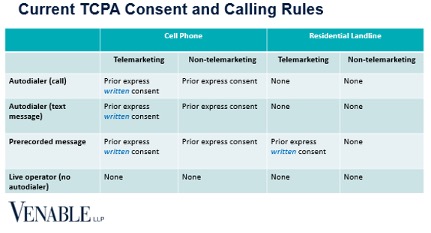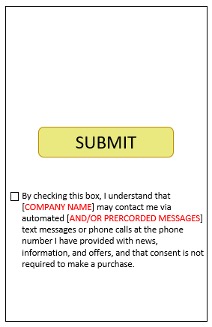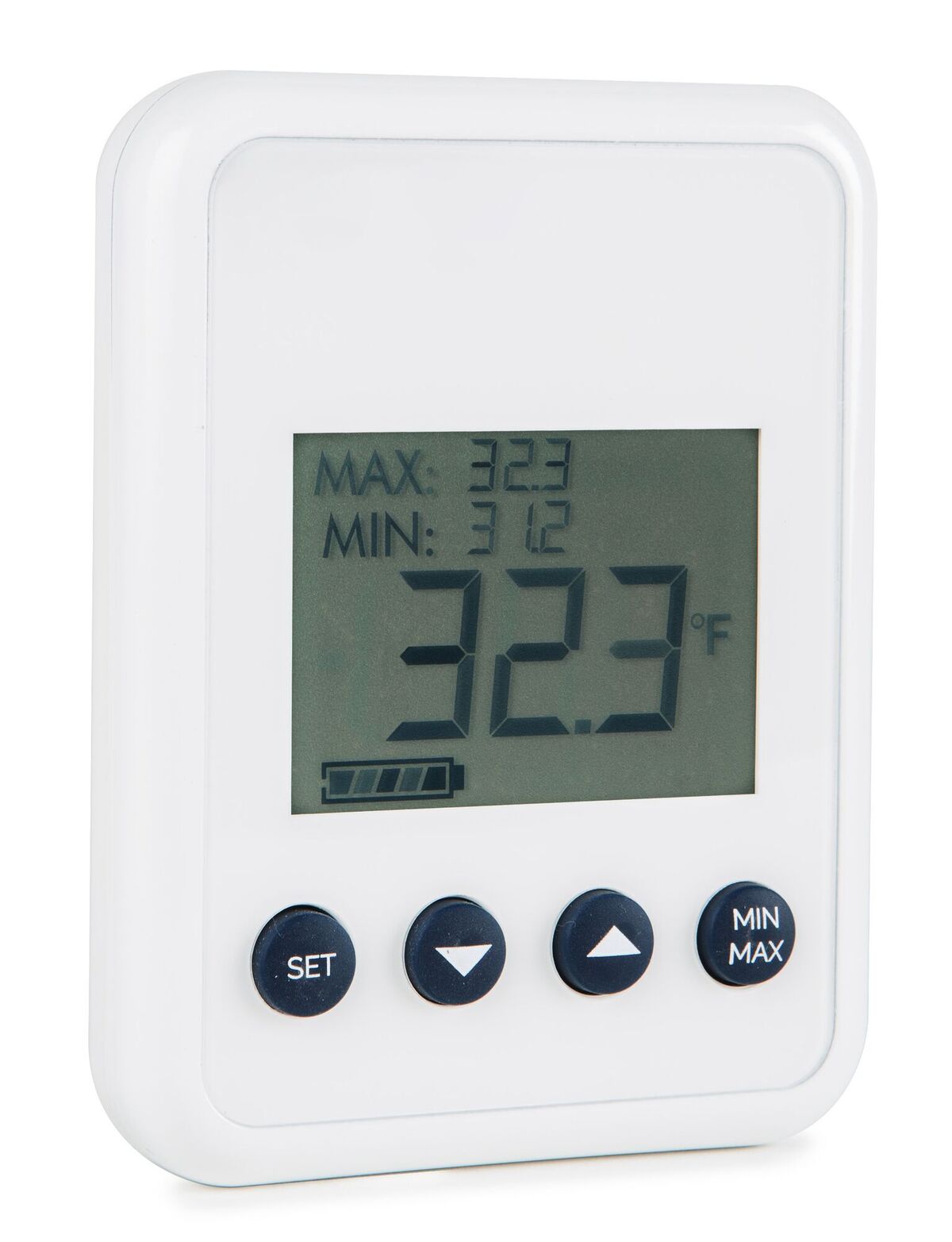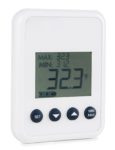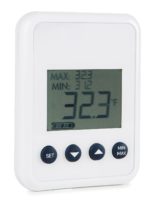In 1996, the Harvard Business Review published an article called Making Differences Matter: A New Paradigm for Managing Diversity, in which the authors argued that companies should adopt a radically new way of understanding a diverse workforce. Instead of hiring employees of different backgrounds and asking them to blend in, or limiting people to areas of work based on their identity, they suggested embracing and bringing together the varied perspectives and approaches to work that members of different identity groups bring. Since then, a steady stream of companies – from GE to PricewaterhouseCoopers to cannabis companies – have implemented several new practices, initiatives and programs under the category of Diversity, Equity and Inclusion (DE&I).
DE&I has become highly important over the last few years, and many companies are seeing the benefits. Today, 83% of professional investors are more inclined to invest in stock of a company well-known for its social responsibility. On the other hand, a company that is seen as not responsible stands to lose as much as 39% of its potential customer base, with one in four consumers telling their friends and family to avoid it. As these benefits draw more companies to focus on DE&I, it’s important to remember that your plans should ultimately be centered around uplifting employees from all backgrounds.
“Listen, test, learn and then listen again!”While still relatively new to the cannabis sector, one DE&I initiative that is making some headway towards that goal is the Employee Resource Group (ERG). Essentially, it’s a group of employees who join together in their workplace based on shared characteristics or life experiences. ERGs work to create communities which bring people together, with internal and external partnerships to support those groups, and they are gaining popularity. In fact, according to a Bentley University report, almost 90% of Fortune 500 companies utilize them. They’re often used because issues are addressed from within an organization by the people who are most directly impacted by them. They can also serve as a direct pipeline of communication between employees and employers, as well as a place for new ideas and solutions to problems to blossom.
When it comes to recruiting and retention, ERGs have their own specific benefits. According to a survey conducted by Software Advice, 70% of respondents between 18 to 24 years old and 52% of respondents between 25 and 34 reported they would be more likely to apply for a role at a company that had ERGs. With regards to retention, 50% of survey respondents across all ages stated they would remain at a company because it had an ERG.
While some in the cannabis sector have already implemented ERGs, this new practice is one that all cannabis companies should consider – particularly as this industry grapples with its own unique DE&I challenges and history. To that end, check out the tips below to help get you started.
- Gauge interest: Many ERGs start organically. The first question you need to answer before you can start building an ERG is to ask if your employees want one. The statistics indicate they likely will, but it’s important to establish that leadership is willing to listen. Employees should play a major role in this process from the beginning. However, remember that the DE&I strategy is not their responsibility, and ERGs should be a part of a more comprehensive plan.
- Find the willing and work with them: You’ve got to find the people that these topics matter to and embrace them. Participation is key, and if the topic at hand is one that someone is not personally connected to, your ERG may not live up to its full potential. ERGs are a significant time investment, so you have to make sure those taking part are ready, willing and capable of balancing their job responsibilities with their additional role in the group. Participation goes both ways, too. You have to make sure that managers are aware that someone is in an ERG. “Be open to making mistakes and learning from them, and then changing for the better.”
- Use executive sponsors: An essential piece of successfully incorporating ERGs into your organization is recruiting executive allies from the corporate side to serve as sponsors. This can help break through barriers, get decisions made, and keep all parties organized. Executive sponsors are also great for employee development, as they can see firsthand the talent in the organization and become a mentor. Executive sponsors are often an important request from ERGs, and they are worthwhile to recruit for. Sponsors don’t have to be from the same affinity as the group, and in some ways, that can actually be a good thing. Solidarity is another important factor to company health, and allyship is imperative for solidarity.
- Set goals: Define a mission early on. It’s important for ERGs to have a strong mission statement with core goals that the group is formed around achieving. Keep in mind, these need to be tangible goals with specific benchmarks. It can’t just be “increase diversity in hiring.” Set a number you’d like to reach and a date you’d like to reach it by. Having clear objectives keeps a track record for your ERG, and is the foundation for success. These will also ensure that your ERG is not just for marketing purposes. Achieving substantive goals will keep the group going, as confidence gets built on the inside and from the outside.
- Be clear: ERGs are all about communication, so clarity has to be a top priority. None of the above tips work without that. You have to make sure the groups are not questioning what is expected of them, what resources they have to work with and what goals they are working towards. It’s always going to be a learning process, and there will certainly be unforeseen challenges, but being on the same page from chapter one will make the process that much more beneficial to all involved.
As stated above, ERGs are still new, just like the industry we want to bring them into. Be open to making mistakes and learning from them, and then changing for the better. That process is what ERGs are about at their core, after all. Listen, test, learn and then listen again!



